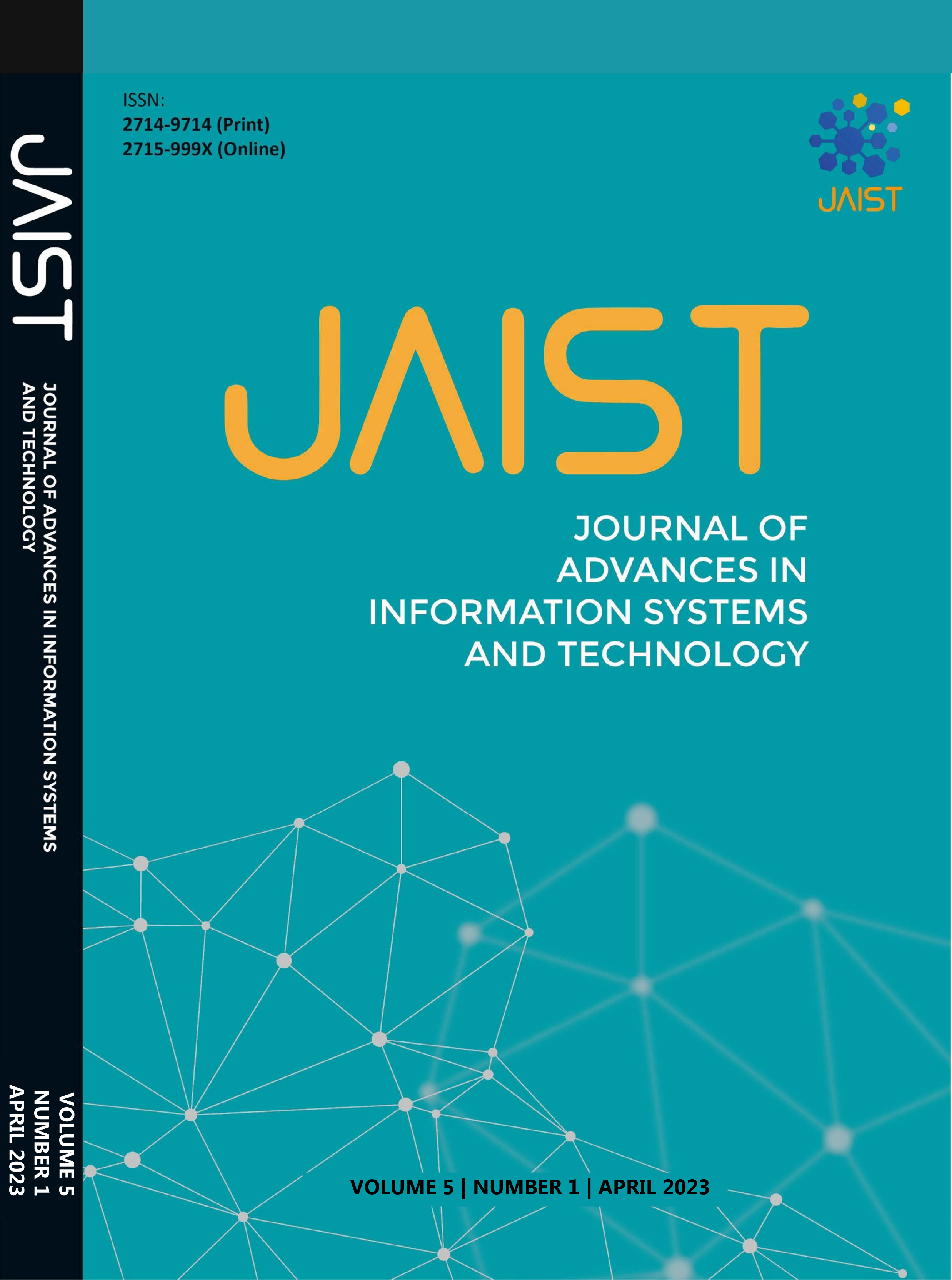Application of Anisotropic Diffusion Filters and Convolutional Neural Network with Mobilenet Framework On X-Ray Image to Detect Pneumonia
Abstract
Pneumonia is the largest infectious disease that occurs in children worldwide. WHO reported that pneumonia killed 808,694 children under five years in 2017; 15% of children under five years died. Pneumonia is the largest infectious disease that can occur in children worldwide. These cases are most common in South Asia and Africa. All the experts suggest that it an easy to diagnose by using x-rays. The x-ray results from the lungs of patients with pneumonia can give an idea of how the pneumonia virus causes the infection in the lungs of patients. This study aimed to determine how the convolutional neural network method works with the framework MobileNet and anisotropic diffusion filters to detect pneumonia and determine the level of accuracy produced by the convolutional neural network method with the MobileNet framework and anisotropic diffusion filters in detecting pneumonia. In this study, the Chest X-ray Images (Pneumonia) dataset from Kaggle was used as an object to be classified using Anisotropic Diffusion Filters and Convolutional Neural Networks to determine the presence of pneumonia based on x-ray images. Classification is carried out on the Chest X-ray Images (Pneumonia) dataset for two weeks from August 14, 2021 to August 28, 2021 which will go through a classification process on x-ray images using the Convolutional Neural Network algorithm and Anisotropic Diffusion Filters. The results of testing with this method have increased compared to previous studies, with an accuracy of 96.67%.
Copyright (c) 2023 Journal of Advances in Information Systems and Technology

This work is licensed under a Creative Commons Attribution-ShareAlike 4.0 International License.


